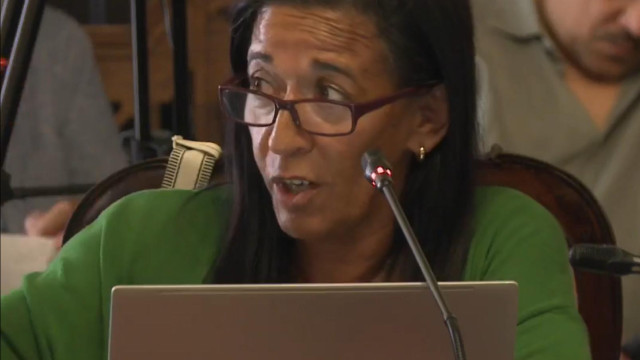
In the newly released “Education at a Glance 2025” report by the Organisation for Economic Co-operation and Development (OECD), Portugal nearly ranks at the bottom regarding literacy proficiency among 30 countries.
Data shows that 46% of Portuguese adults aged between 25 and 64 have significant difficulty interpreting texts, managing only to understand very short texts with minimal irrelevant information.
This outcome is derived from the Survey of Adult Skills, conducted as part of the OECD’s Programme for the International Assessment of Adult Competencies (PIAAC).
The proficiency levels, which span from identifying information in short texts (level 1) to synthesizing and critically evaluating complex information (level 5), reveal that nearly half of the Portuguese respondents scored at level 1 or below—a figure significantly higher than the OECD average of 27%.
Only Chile ranks below Portugal, with 57% of respondents failing to surpass level 1.
On a positive note, about one-third of Portuguese respondents can integrate information from multiple sources, while 18% have shown the ability to interpret and evaluate complex texts.
Only 3% of Portuguese respondents scored in the top levels (4 and 5), a figure similar to Poland and Slovakia, and only higher than Chile and Lithuania (both at 2%), while the OECD average is 12%.
The analysis linked to the Education at a Glance 2025 report underscores the close connection between educational attainment and skills.
In Portugal, for instance, adults with higher education display greater ease in comprehending and analyzing texts, scoring, on average, 36 points higher than those with only secondary education and nearly 70 points above those without a completed high school education.
Proficiency in literacy is also linked to engagement in education, as adults with better skills are more likely to participate in training or educational activities.
Findings indicate that, in 2023, 80% of adults at literacy proficiency levels 4 or 5 had engaged in some form of education or training, formal or informal, in the past year, compared to just 22% of those at level 1 or below.




